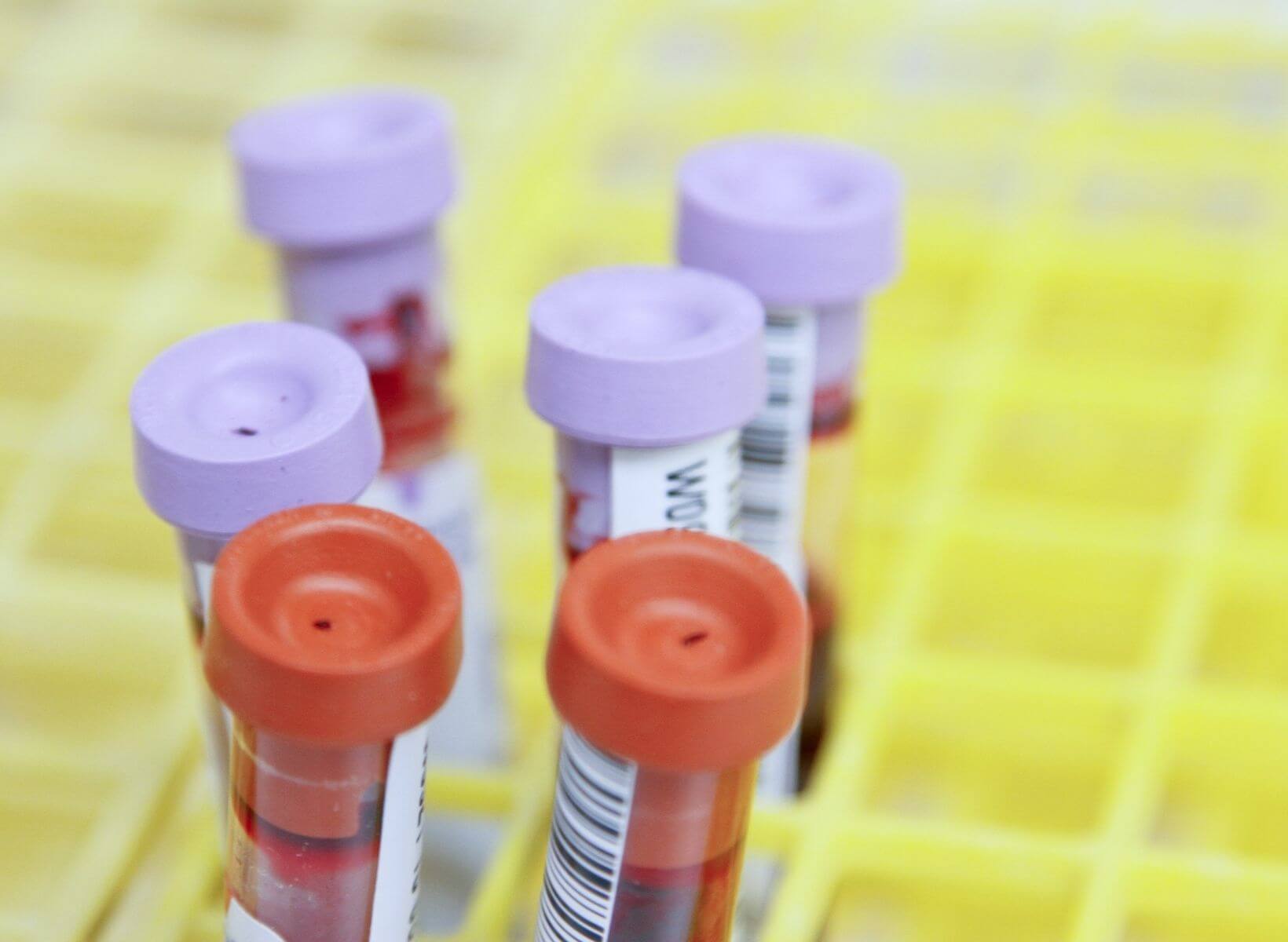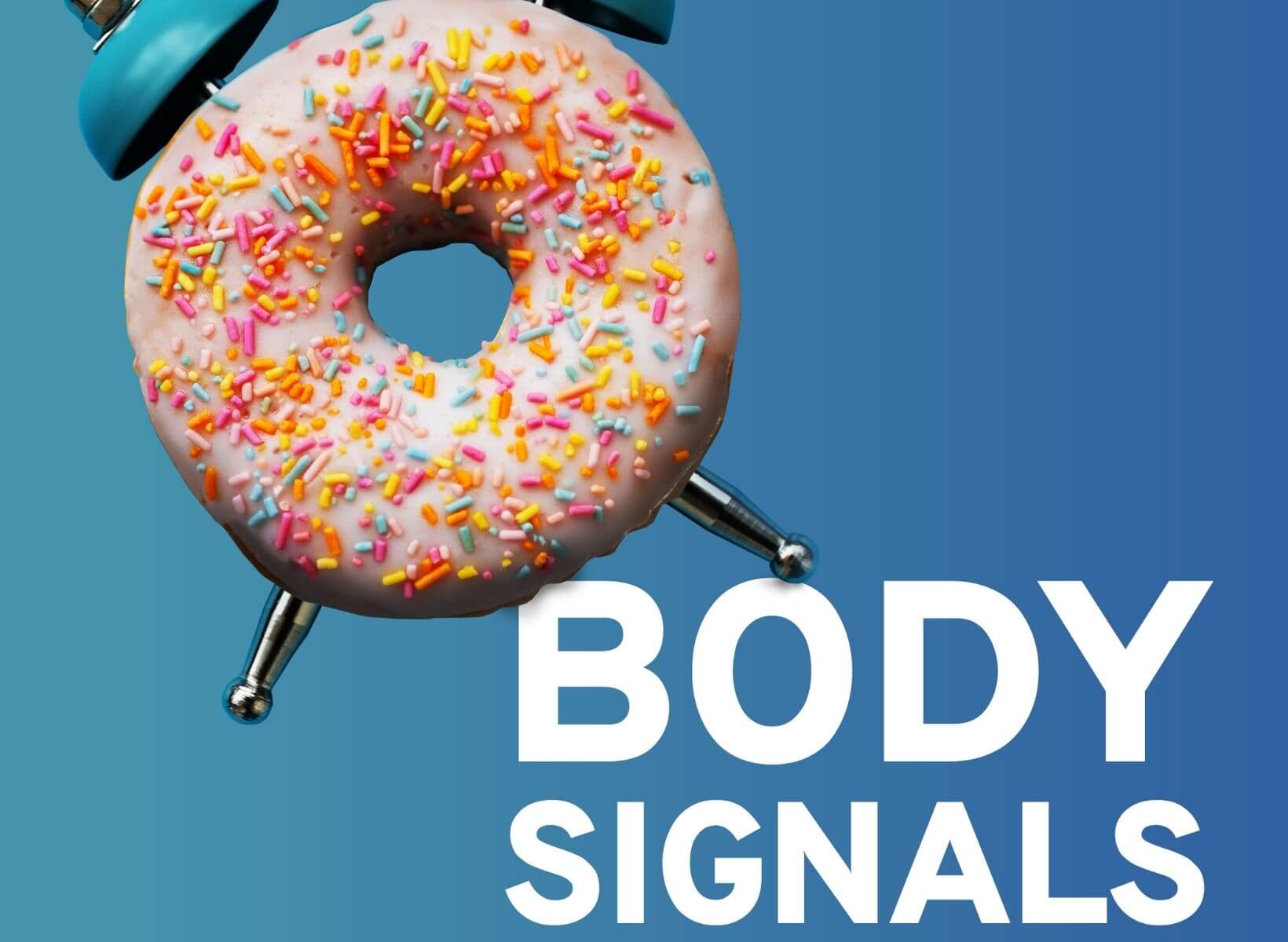Nuts are a popular and healthy snack but can pose a serious risk for people with allergies. According to Food Allergy Research and Education, it is estimated that more than six million Americans of all ages are allergic to peanuts, and nearly four million have a tree nut allergy. Allergic reactions to nuts can range from mild discomfort to severe and life-threatening responses.
Nut allergies occur when the immune system perceives the proteins found in nuts as harmful substances. Then the immune system releases histamines as a defense mechanism. This immune response can manifest in several symptoms, from mild to severe, including itching, swelling, hives, difficulty breathing, and even anaphylaxis in severe cases.
For those with nut allergies, even trace amounts of nuts or exposure through cross-contamination can trigger these reactions. The severity of allergic responses varies from person to person, so people with nut allergies need to be prepared and conscious of not only the foods they eat but also their environments.
Keep reading to learn all you need to know about nut allergies, including foods to avoid, symptoms, and how to treat a reaction.
{{mid-cta}}
Nut Allergies Explained
Allergies are the result of the immune system's hypersensitive response to things that are typically harmless. When someone who has an allergy comes into contact with an allergen, the immune system perceives it as a threat and triggers a cascade of reactions.
One key player in this response is immunoglobulin E (IgE), an antibody that identifies the allergen and signals other immune cells to release histamines and other chemicals. These chemicals lead to the characteristic symptoms of allergies, such as itching, swelling, redness, and, in severe cases, difficulty breathing or anaphylaxis.
Peanuts and tree nuts, among 8 other common food allergies, can act as triggers for allergic reactions due to specific proteins present in them. Common examples of nuts that frequently cause allergic episodes include peanuts, which are actually part of the legume family, and tree nuts, like almonds, walnuts, cashews, pistachios, brazil nuts, macadamia nuts, and hazelnuts.
Can You Develop a Nut Allergy?
Yes, it is possible to develop nut allergies, but the process of developing allergies is complex. Allergies often develop when the immune system mistakenly identifies a harmless substance, such as proteins in nuts, as a threat.
The first exposure to a potential allergen may not elicit a noticeable reaction, but it can sensitize the immune system. Later exposures may then trigger an allergic response.
Genetics plays a significant role in allergy transmission. If there is a family history of allergies, the risk of developing allergies increases. However, environmental factors also contribute to the development of allergies. Exposure to allergens early in life, as well as other environmental factors like pollution and diet, can influence the chance of developing allergies.
People with nut allergies may react differently to varying amounts of the allergen. The severity of allergic reactions can depend on factors such as the person’s sensitivity, the specific type of nut, and the amount consumed. Some may experience mild symptoms with minimal exposure, while others may face severe reactions even with trace amounts of nuts.
What Are the Symptoms of a Nut Allergy?

A peanut and tree nut allergy can cause a range of symptoms, which may result in mild discomfort or severe, life-threatening reactions. Recognizing the signs of a nut allergy is crucial for prompt intervention and management.
Here are some common symptoms associated with nut allergies:
- Nausea, Stomach Pain, and/or Vomiting: When allergens are consumed, the proteins make their way through the stomach and intestines, which often result in digestive upset. Digestive reactions usually appear a few hours after eating nuts. Gastrointestinal symptoms such as nausea, stomach pain, or vomiting may occur in response to nut exposure.
- Runny Nose: Allergens commonly affect the upper respiratory system. Allergic rhinitis may accompany nut allergies, leading to symptoms like a runny or congested nose and watery eyes.
- Skin Ras: Some mild allergic reactions to nuts can appear as skin rashes, like redness, itching, or hives.
- Tingling in the Mouth or Throat: Sensations of tingling or itching in the mouth or throat can be early signs of a nut allergy. You may also feel like your throat is sore.
- Swelling: Swelling, especially of the face, lips, or tongue, is a common symptom of an allergic reaction to nuts.
- Trouble Breathing: Severe nut allergies can lead to respiratory distress, including difficulty breathing, wheezing, or shortness of breath.
To keep those with nut allergies safe and healthy, it’s important to identify these symptoms early and seek medical attention immediately.
<p class="pro-tip"><strong>Learn More: </strong><a href="common-symptoms-of-food-allergies">Common Symptoms of Food Allergies: Triggers & Treatment</a>.</p>
Nut Allergy Treatment: How Is It?
The first line of treatment for nut allergies is to avoid nuts and nut-containing products, but in the case of accidental exposure or a severe allergic reaction, there are medical treatments available.
A commonly used treatment for severe allergic reaction anaphylaxis is the use of epinephrine via an auto-injector or an EpiPen. Epinephrine helps to counteract the symptoms by narrowing blood vessels, relaxing the muscles in the airways, and increasing blood flow. Those who have severe nut allergies, especially those prone to anaphylaxis, should always carry an EpiPen.
For less severe allergic reactions, antihistamines like Benedryl may be used to treat milder symptoms, for instance, itching and hives. While antihistamines may be used to treat mild allergic reactions, they do not replace the need for epinephrine in the case of a severe reaction.
More recently, a four-year phase 2 clinical trial showed that immunotherapy for nut allergies is safe and effective in children. Oral immunotherapy (OIT) for peanuts, utilizing peanut allergen powder-dnfp (Palforzia®), is now FDA-approved as a treatment for children aged 4 to 17.
This approach aims to decrease the risk and intensity of allergic responses to peanuts, particularly the severe reaction anaphylaxis. The treatment involves the gradual introduction of peanut protein powder in increasing amounts over six months to increase tolerance in the child. Daily maintenance doses are also administered to sustain the therapy's efficacy.
Immunotherapy is not a cure for peanut allergies, and it may not be appropriate for everyone.
Beyond medication, people who are allergic to nuts should carefully read food labels, tell restaurant staff about their allergies when eating out, and be aware of potential cross-contamination. Avoidance of allergens and quick treatment of allergic reactions is extremely important. Delayed treatment can lead to life-threatening consequences.
7 Ingredients to Avoid if You Are Allergic to Nuts
The most effective strategy for managing nut allergies is to steer clear of nuts and products that may contain them. This proactive approach minimizes the risk of accidental exposure and dangerous allergic reactions.
1. Nut Butters
Nut butters like almond butter, peanut butter, cashew butter, and hazelnut chocolate butter contain nuts and should be avoided by those who are allergic.
2. Nut Extracts
These concentrated forms of nut flavoring are commonly used in baking and cooking. Even a small amount can trigger an allergic reaction in sensitive individuals, so avoiding products that contain nut extracts is a must.
3. Nut Oils
Nut oils, such as almond, walnut, or hazelnut oil, can be extracted from nuts. These oils may be present in salad dressings, sauces, or cooking oils, posing a risk to those with nut allergies.
4. Vegetarian or Vegan Protein
Some processed foods, particularly vegetarian or vegan alternatives, may contain nut proteins. Checking ingredient labels allows you to identify and avoid consuming them.
5. Peanut Flour
Peanut flour is used in certain recipes and food products. It’s a concentrated form of ground peanuts. Steer clear of items containing peanut flour to prevent allergic reactions.
6. Nut Pastes
Nut pastes are commonly found in spreads or certain baked goods. They may contain finely ground nuts. If you have a nut allergy, you should be cautious and avoid consuming products that incorporate nut pastes.
7. Nut Milks
Almond milk, macadamia nut milk, and cashew milk contain nuts and should be avoided by those with nut and tree nut allergies.
Be Cautious of These Foods

Be sure to read the ingredients label of any packaged foods you buy. Watch out for the above ingredients and avoid anything that contains nuts or ingredients made from nuts. You may also want to avoid foods that are processed in a facility that processes nuts, depending on the severity of your allergy.
Below are some foods that may contain peanuts:
- baked goods
- chocolate candy and sweets
- chili
- egg rolls
- nougat
- mole sauce
- salad dressings
- vegetarian meat substitutes
- glazes
- marinades
Tree nuts might be found in:
- pesto (contains pine nuts)
- cereals
- crackers
- cookies
- chocolate candy
- energy bars
- flavored coffees
- frozen desserts
- marinades
- certain cold cuts, such as mortadella
Be aware that some alcoholic beverages may include nut flavorings, which the Food Allergen Labeling and Consumer Protection Act of 2004 (FALCPA) doesn’t require the manufacturer to list on the label.
Tips for Eating Out
Food may be cross-contaminated with nuts in some restaurants. Peanuts are often found in Asian, African, Indian, and Mexican cuisine. Here are some tips to avoid contact with allergens and keep you safe when eating out:
- Always carry an epinephrine auto-injector. Make sure you and those close to you know how to use it.
- Wear a medical alert bracelet or necklace with your allergy information.
- If you don't have epinephrine auto-injectors, talk with your healthcare provider. Ask if you should carry them.
- Always read food labels and always ask about ingredients at restaurants. Do this even if these are foods that you have eaten in the past.
- Stay away from buffets with peanuts. This will help you avoid cross-contamination of foods with shared utensils.
Cosmetics, Personal Care Products, and Medicines
In addition to food products, some cosmetics, personal care products, and medicines may also contain nuts. In the United States, lotions, skin care products, and skin cleansers are the main culprits for containing nut allergens. You should always read the ingredient list and do your research before using certain products.
Learn More About How to Improve Blood Sugar Health With Signos’ Expert Advice
Signos is your trusted partner in guiding you toward a healthier lifestyle. Our experts are dedicated to providing valuable insights, tips, and personalized advice to help you make informed choices about what you eat.
Signos CGM empowers you to improve your health by keeping track of your diet, exercise, sleep habits, and blood sugar. Knowledge is power, and a CGM can give you specific information about how your habits affect your health.
Signos has a team of health experts who compile evidence-based nutrition information to help you improve your health and wellness. Check out the resources here.
Find out if Signos is a good fit for you by taking a quick quiz.
<p class="pro-tip"><strong>Also Read: </strong><a href="seasonal-allergies-blood-sugar">Can Seasonal Allergies Spike Blood Sugar?</a>.</p>
- Item 1
- Item 2
- item 3
Topics discussed in this article:
References
- Kim EH, Keet CA, Virkud YV, et al. Open-label study of the efficacy, safety, and durability of peanut sublingual immunotherapy in peanut-allergic children. J Allergy Clin Immunol. 2023;151(6):1558-1565.e6. doi:10.1016/j.jaci.2023.01.036
- Midun E, Radulovic S, Brough H, Caubet JC. Recent advances in the management of nut allergy. World Allergy Organ J. 2021;14(1):100491. Published 2021 Jan 13. doi:10.1016/j.waojou.2020.100491
- Facts and Statistics. (n.d.). FoodAllergy.org. Retrieved January 19, 2024, from https://www.foodallergy.org/resources/facts-and-statistics
- Peanut Allergy Diet - Health Encyclopedia. (n.d.). University of Rochester Medical Center. Retrieved January 19, 2024, from https://www.urmc.rochester.edu/encyclopedia/content.aspx?ContentTypeID=85&ContentID=P00028































